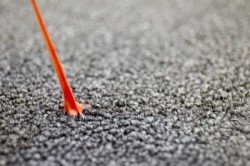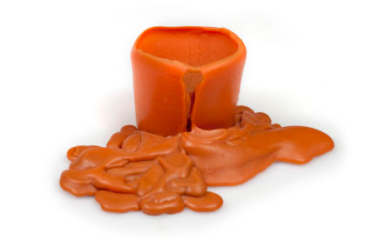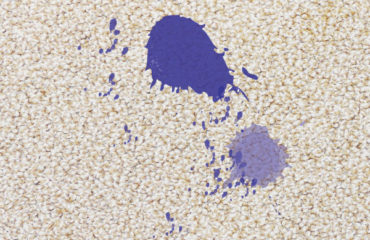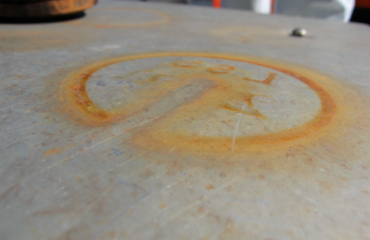 By DryMaster Systems
By DryMaster Systems
Oh no! Someone dropped a wad of sticky icky gum in your brand new carpet. Now it’s ruined for sure. Or is it? The following tips will help you to remove the offending gum, protect the surrounding fibers, and clean up any stains that result from the process.
Gum is difficult enough to get off of a concrete surface or the bottom of a shoe, but removing gum from a fine woolen rug or carpet fibers can be much more daunting. While it may be tempting to pull up the offending gum immediately, this can easily damage delicate carpet fibers. Removing gum and adhesives from carpet can be challenging, although initial steps might make the chore seem easy. Even if you remove all visible evidence of the gum or adhesive, those spots often return in a few days due to remaining sticky residues.
You can charge good amount of extra $$$ to remove these sticky stuff. However, make sure to do it right in the first time so you wont get a callback
Adhesive challenges
Although never recommended, many of your residential customers or facility occupants reach for duct tape (or similar adhesive) to hold down extension cords, cover up seams or attach other objects to carpet. After a period of time, the tape is pulled up and an ugly, grey adhesive mark is left behind.
As a carpet cleaner, you are then expected to simply clean the area and create miracles. Even if the visible adhesive residue is removed, it is very difficult to remove all residues. What is left behind is an invisible sticky residue that will collect soil rapidly and create a complaint within a short period of time, perhaps just days after the cleaning is performed.
Gum: A similar story
Just one or two pieces of chewed, smashed gum in a home or business aren’t difficult to remove. But clean a large commercial job — like a bowling alley — with a piece of gum every square foot or two, and you will see how difficult the task can be.
What’s the best and fastest way to effectively remove adhesive and gum residues?
The Right tools
Some pieces of gum and larger adhesive residues are on the surface and can be scraped away, leaving behind residue that then needs more work.
Scraping excess gum or adhesive is important and is the first principle of cleaning — removing excess matter from the surface. Freezing the gum and “chipping” it off the carpet is an option some of us cleaners use.
The tools you use can vary and are typically made of plastic, metal or bone. There are special tools with sharp points such as putty knife for better agitation.
After removing the excess matter from the carpet, you still have to deal with the remaining sticky residues.
High heat helps
You can use high heat via hot water extraction or our DryMaster Systems hot iron/damp towel trick to soften the gum or adhesive residue and often extract much of it.
You can use heat with steam vapor to transfer it to an absorbent towel.
Then, with either sharp tool or heat method, you have a smaller amount of sticky residue to remove. Heat softens the gum or residue, removing more than just scraping can remove, so your cleaning chemicals can work better.
Cleaning chemistry
The fastest, safest and a better way you can use DryMaster Vanish solvent to permanently remove the sticky residue. Work the solvent into the residue with your scraper, using plenty of agitation. This is where an agitation tool with “teeth” comes in handy.The teeth enable you to get the solvent into the adhesive residue with plenty of agitation, but be careful not to damage to fibers.Give the area adequate dwell time, possibly up to five minutes. Then, rinse away the residues with hot water and detergent.
The last step
Here is where many carpet cleaners fail. They do all the above and feel they have finished the job.
But do it again. Apply more DryMaster solvent, more agitation and flush with hot water and detergent.
Although after your first attempt the job looks fine, there are probably sticky residues remaining. A second application of DryMaster solvent and rinse means less chance of a callback.



